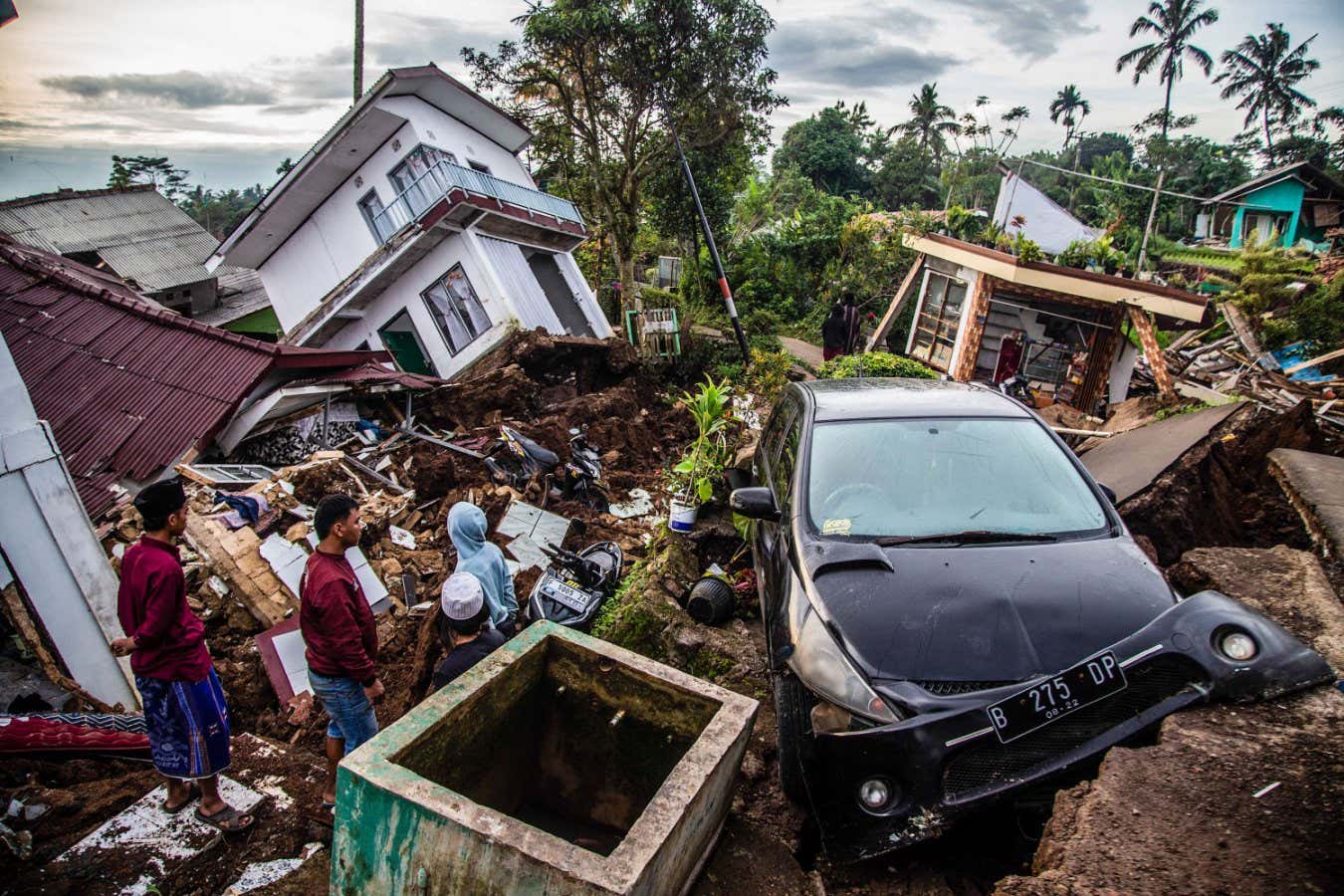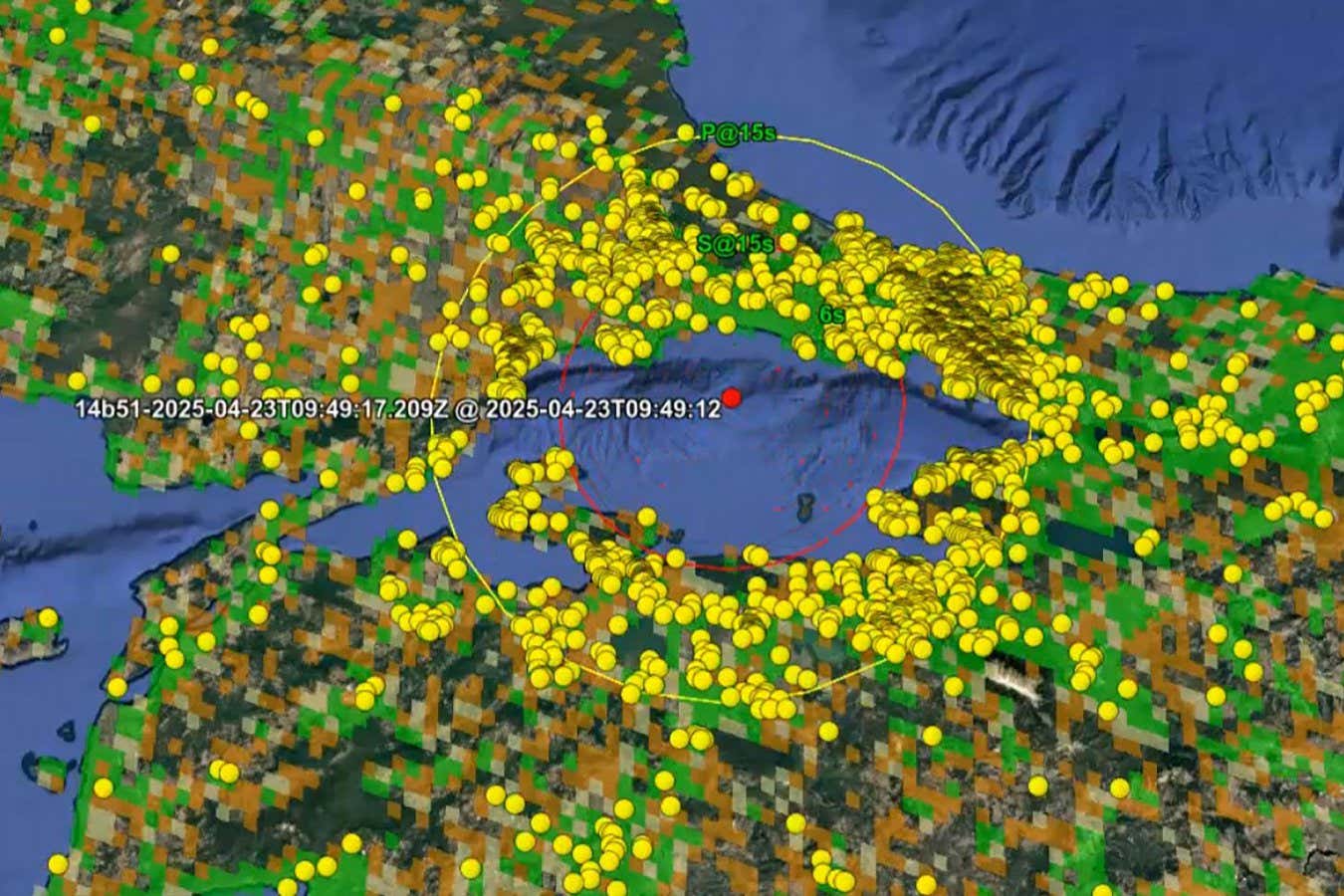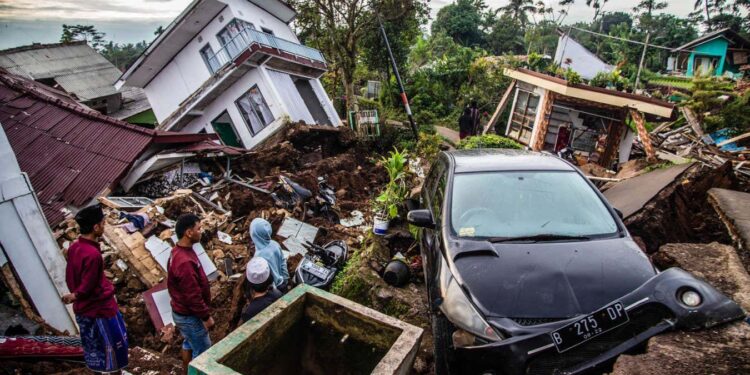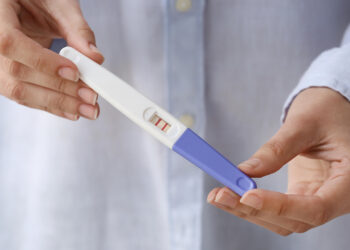
Early warnings can save lives before earthquakes like the 5.6-magnitude quake that killed and injured hundreds in Indonesia in 2022
ADITYA AJI/AFP via Getty Images
Your phone may be among the billions of devices worldwide that already serve as an earthquake early-warning system in dozens of countries.
Since launching in 2020, Google’s Android Earthquake Alerts system has expanded to enable 2.3 billion Android phone and smartwatch users to receive alerts about seismic shaking nearby, compared with 300 million people who may get such alerts from other sources, according to a new study by researchers at Google. But the phones aren’t just delivering warnings – their sensors also help detect earthquakes.
“Billions of Android devices work together and act as mini-seismometers to create the world’s largest earthquake-detection network,” says Richard Allen at the University of California, Berkeley, who is also a visiting researcher at Google.
The system developed by Allen and his colleagues analyses vibrations detected by accelerometers in Android phones and smartwatches. Together, this network of sensors can indicate how large an earthquake is and which phone users are close enough to danger to receive a warning message.
Google’s system notifies people when it detects an earthquake with a magnitude of 4.5 or greater. But the system “cannot detect all earthquakes” because it requires that a large enough number of phones will be close enough to the quake, says Allen. For example, it doesn’t detect earthquakes originating from most mid-ocean ridges, although it can detect seismic events occurring tens to hundreds of kilometres offshore.
One of the greatest challenges has been to quickly and accurately determine the magnitude of each seismic event. The researchers have improved the system’s earthquake-detection algorithm over the years by developing regional models to better represent local tectonic movements and accounting for varying sensor sensitivities among different Android phones.
Google’s global system is now about as accurate as the ShakeAlert system that covers the US West Coast and the Japan Meteorological Society’s earthquake early-warning program, says Allen. He notes that Google’s project is intended to supplement, rather than replace, seismometer-based systems like these – it even incorporates and delivers ShakeAlert warnings for people on the West Coast. “But the reality is that many earthquake-prone regions don’t have the regional seismic networks necessary to provide warnings,” says Allen.
Google’s system provides a “unique source of information” for countries without earthquake early-warning systems, says Katsu Goda at Western University in Canada, who isn’t involved in the initiative. It also reaches more people in total, even when other national or regional alert systems are available, he says.
The system currently provides alerts to 98 countries and territories, including the US but not the UK. “We’ve generally focused on countries that have larger historical seismic risk while not having an existing earthquake early-warning solution,” says Marc Stogaitis at Google.

During a magnitude-6.2 earthquake that hit Turkey in April 2025, Android phones in the region picked up seismic waves
Data SIO, NOAA, U.S. Navy, NGA, GEBCO, LDEO-Columbia, NSF, Landsat/Copernicus, Google Earth
According to the new study, which analysed the program’s performance and accuracy, the system had issued alerts for 1279 seismic events as of March 2024, with just three false alerts. Two of those false alerts involved thunderstorms and one was triggered by an unrelated mass notification event that vibrated multiple phones. The team has since updated the detection algorithm to avoid such false triggers.
Most Android devices are opted in to participate in the phone-based seismometer network and receive alerts about nearby earthquakes by default, although users can change both of these settings. In a Google user survey, more than one third of the system’s participants received phone alerts before they felt any shaking – and most people who got alerts described them as very helpful.
If Android phone users do remain signed up for alerts, these come in two types. More urgent Take Action alerts are designed to spur people to take protective actions, such as “drop, cover and hold on”. But they often provide just a few seconds’ worth of early warning because they don’t go out until the system predicts strong shaking. In contrast, the less intrusive Be Aware alerts, which provide more general information, can arrive tens of seconds before phone users feel an earthquake.
“The physics of earthquakes dictates that there will be less warning prior to stronger shaking than weaker shaking,” says Stogaitis. “But we continue to explore modifying our alerting strategy to improve the warning times in future earthquakes.”
Topics:
Source link : https://www.newscientist.com/article/2488656-billions-of-phones-can-detect-and-warn-about-nearby-earthquakes/?utm_campaign=RSS%7CNSNS&utm_source=NSNS&utm_medium=RSS&utm_content=home
Author :
Publish date : 2025-07-17 19:00:00
Copyright for syndicated content belongs to the linked Source.











